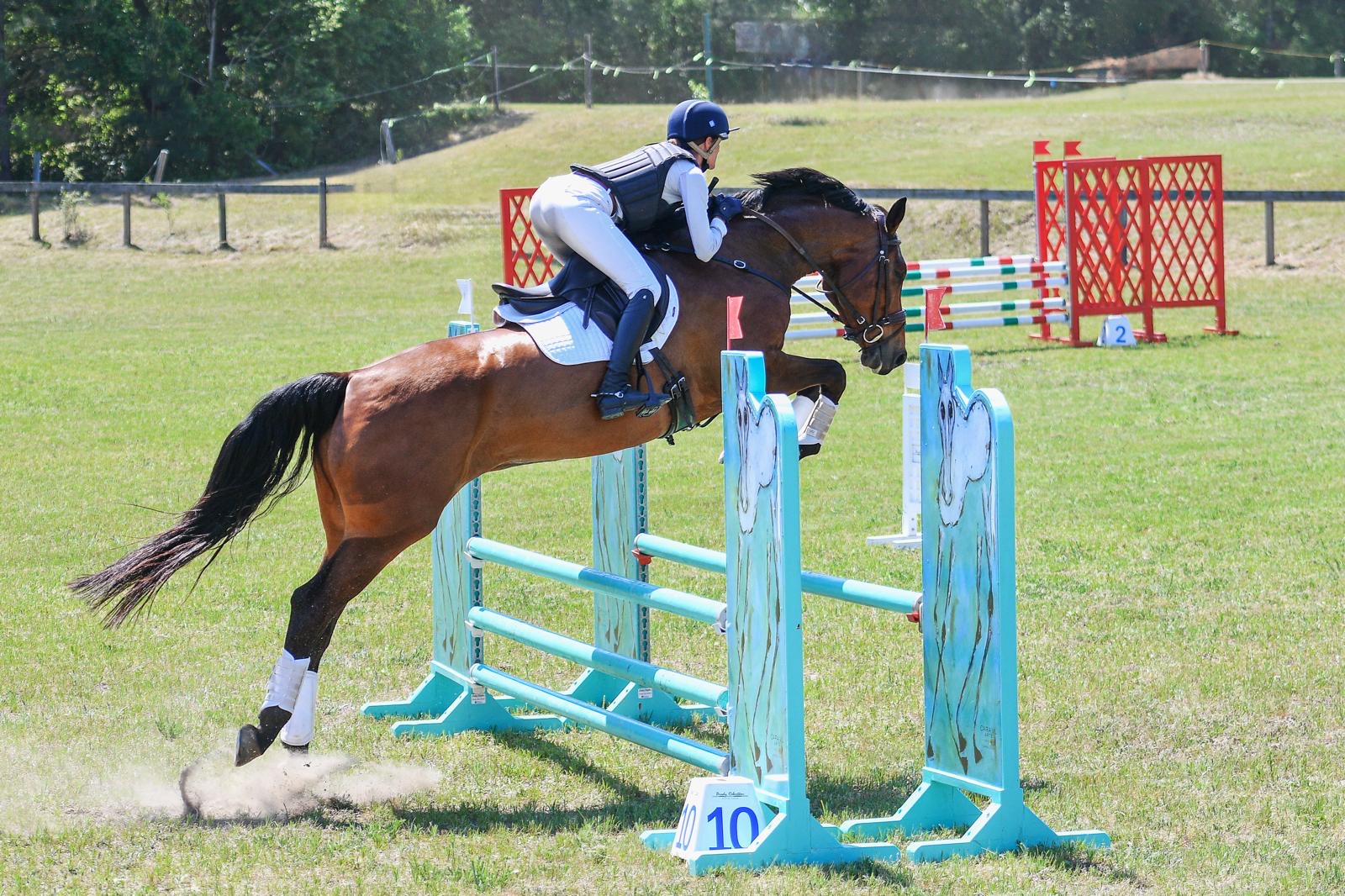Every coach I’ve had has made it clear that the words “I can’t” are unacceptable from their riders. Those words are an admission of defeat, an acknowledgement that you don’t believe you can improve, and will stop trying. With this knowledge, I’ve always tried to come at riding with a can-do attitude, asking my coaches for help, additional riding time, or exercises to target a specific issue I’m struggling with. Despite my best efforts, there are still some things outside the realm of possibility for me.
Below are 10 things that are impossible with horses:
1. Applying poultice to a horse without also smearing it all over yourself. It’s like preschool finger painting all over again.
2. Catching a horse when you’re in a hurry. My own horse is a mama’s boy and is inexplicably excited to be caught, but every school horse I’ve met is wise to our ways. If you stroll out with all the time in the world, they’ll walk right up, but if you run out to the pasture five minutes before your lesson, no amount of grain or crinkly peppermint wrappers will tempt them in.
3. Leaving whitening shampoo on for the correct amount of time. It’s either on for too little time and the legs are still tinged brown/green/gray, or you leave it on for too long and have to parade around with a purple horse the following day. There is no in between.
4. Clipping ears evenly. No, Mom, his ears are just shaped like that. Who decided clipping such a hard-to-reach, awkwardly-positioned body part was necessary, after all?
5. Keeping show clothes (especially breeches) clean all day. Each show, I fill my garment bag with all the extra show clothes I own, because it’s a rule of life that I won’t stay clean for more than ten minutes, tops, despite exercising utmost caution.
6. Finding sets of polos that are the same color and length. At Alfred, where there are horses ranging from seventeen-hand warmbloods to fourteen-hand reiners, we have polos and standing wraps of every size to match. Many a rider has spent several minutes in the wraps closet, comparing two similar polos, taking them, and discovering upon finishing wrapping that they’re two completely different brands and sizes.
7. Cleaning a tooled western saddle evenly. Cleaning intricately-tooled western saddles is a labor of love, but unless you have all day, a lot of patience, and a few good toothbrushes, it’s inevitable that you’ll miss a spot here or there.
8. Getting enough sleep the night before a show. If you’re not up half the night thinking about your packing list and up long before your alarm, does it even count as a horse show?
9. Keeping a horse clean after bathing. You can walk or graze him until he’s dry, put him in a sleazy, leg wraps, and a sheet overnight in a clean, well-bedded stall, but in the morning, he’ll still have a poop stain on any white spots he has.
10. Spending a reasonable amount of time at the barn. You arrive at the barn in time for your lesson, ride, and the next thing you know, you’ve been there for six hours and it’s getting dark out.
If you are an elite equestrian and can accomplish these things effortlessly, I applaud you. For those of us who ride the struggle bus as often as we ride horses, feel free to make your own additions to this list of things that are impossible!
Haley will continue to share more adventures from the perspective of a collegiate equestrian! Keep an eye out for The Academic Equestrian weekly.
Haley Ruffner is attending Alfred University, majoring in English with a minor in Equine Business Management. She owns two Quarter Horse geldings, Cricket (“At Last an Invitation”) and Slide (“HH Slick N Slide”). Haley is a captain of the AU western equestrian team, competing in horsemanship, reining and hunt seat. She also loves trail riding.


























